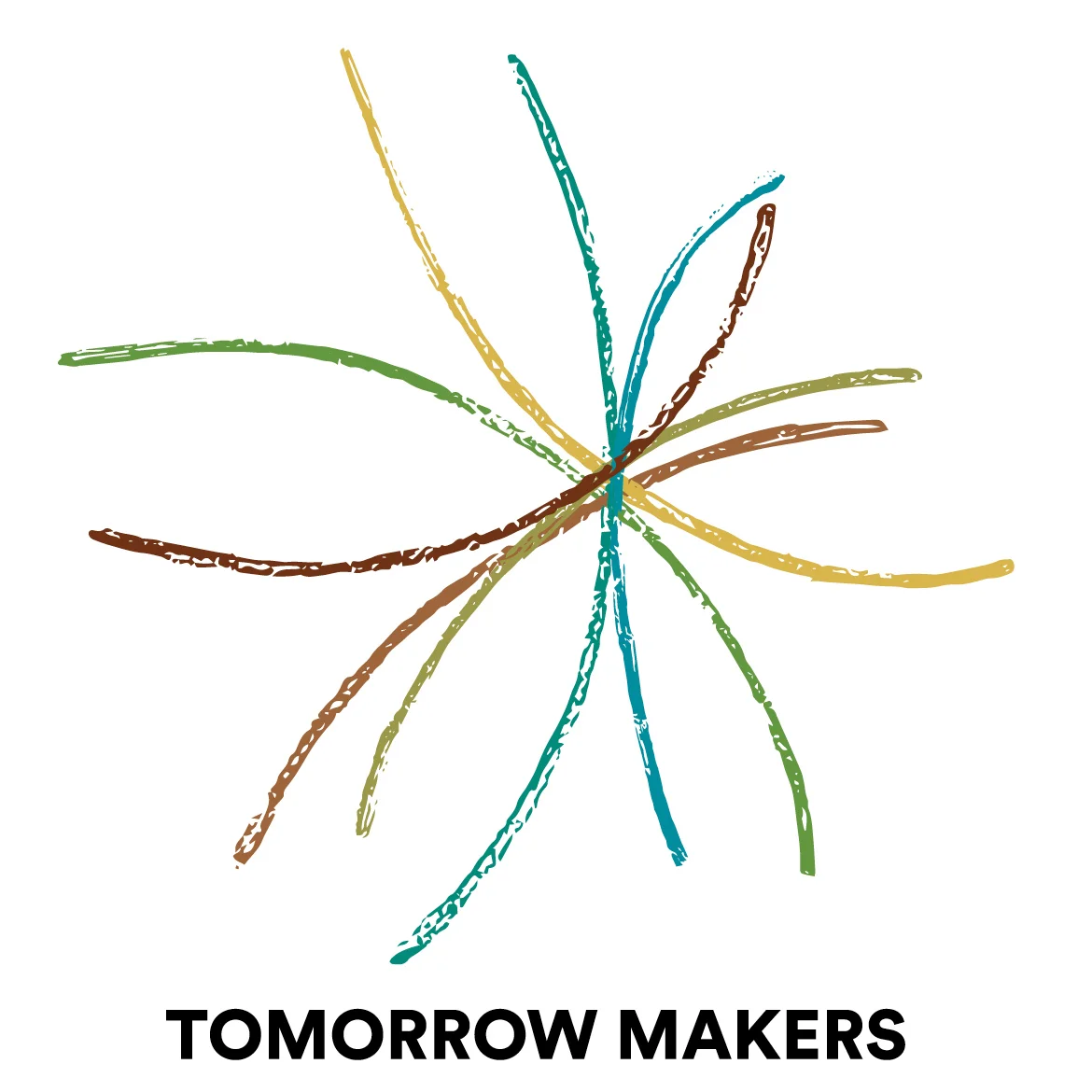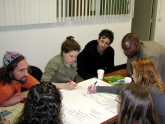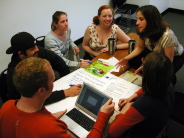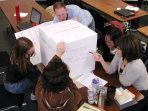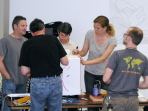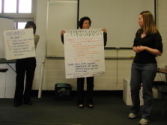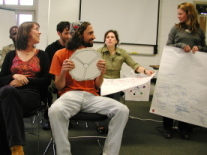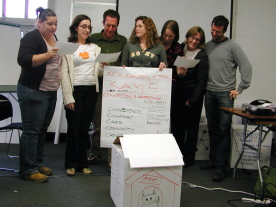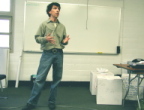One Laptop Per Child
/"Beginning with Seymour Papert's simple observation that children are knowledge workers like any adult, only more so, we decided they needed a user-interface tailored to their specific type of knowledge work: learning. So, working together with teams from Pentagram and Red Hat, we created SUGAR, a “zoom” interface that graphically captures their world of fellow learners and teachers as collaborators, emphasizing the connections within the community, among people, and their activities." From the One Laptop Per Child website, 2007
 I have my own OLPC computer now. It sits on my desk beside my MacBook. It looks like an interesting toy ... something that you might get at Toys R Us. And yet, it is extremely sophisticated in its simplicity. It is indeed a disruptive technology, not because of its design and power (which is powerfully advanced) but because of how it is designed to be used. Right from the start, the designers of the laptop assumed that children know how to learn and they learn best from each other or by emulating others. They learn because they are curious, playful, and interested in life. The OLPC does not assume that learning is a scarce commodity ... that only the wealthy can afford to be well educated. In fact, it is distinctly against the model that says children learn by being taught by a teacher. To me, it is a wonderful experiment, and if it can scale, I am betting that it makes a wonderful contribution to our understanding of how and why learning happens.
I have my own OLPC computer now. It sits on my desk beside my MacBook. It looks like an interesting toy ... something that you might get at Toys R Us. And yet, it is extremely sophisticated in its simplicity. It is indeed a disruptive technology, not because of its design and power (which is powerfully advanced) but because of how it is designed to be used. Right from the start, the designers of the laptop assumed that children know how to learn and they learn best from each other or by emulating others. They learn because they are curious, playful, and interested in life. The OLPC does not assume that learning is a scarce commodity ... that only the wealthy can afford to be well educated. In fact, it is distinctly against the model that says children learn by being taught by a teacher. To me, it is a wonderful experiment, and if it can scale, I am betting that it makes a wonderful contribution to our understanding of how and why learning happens.
